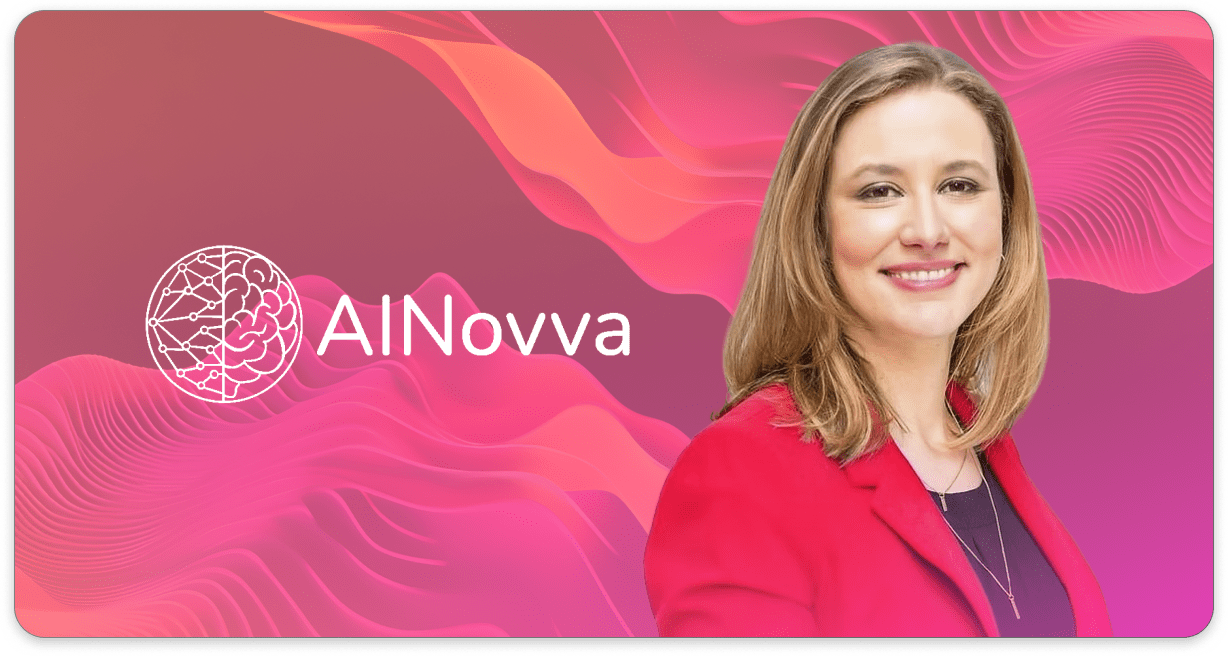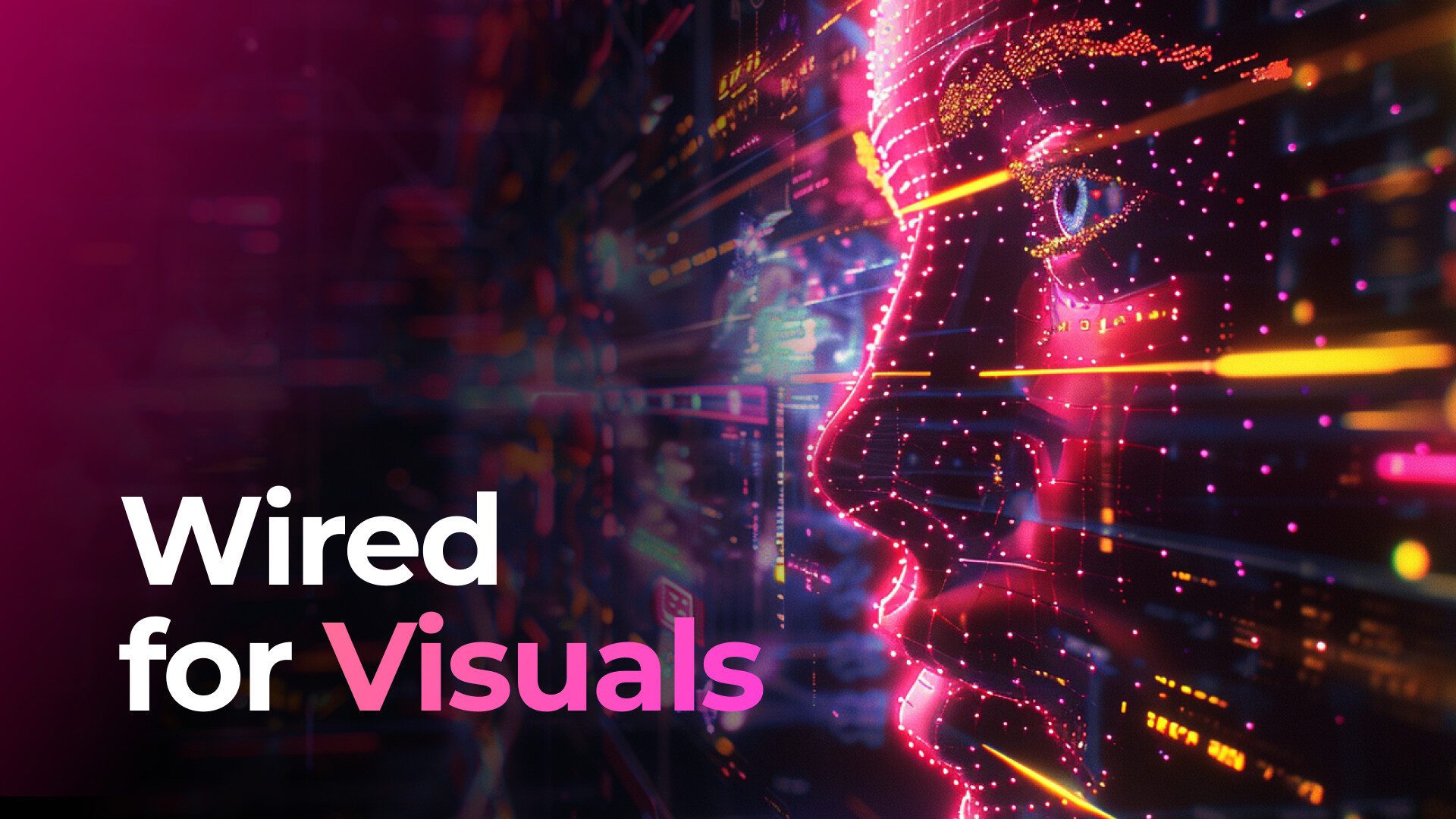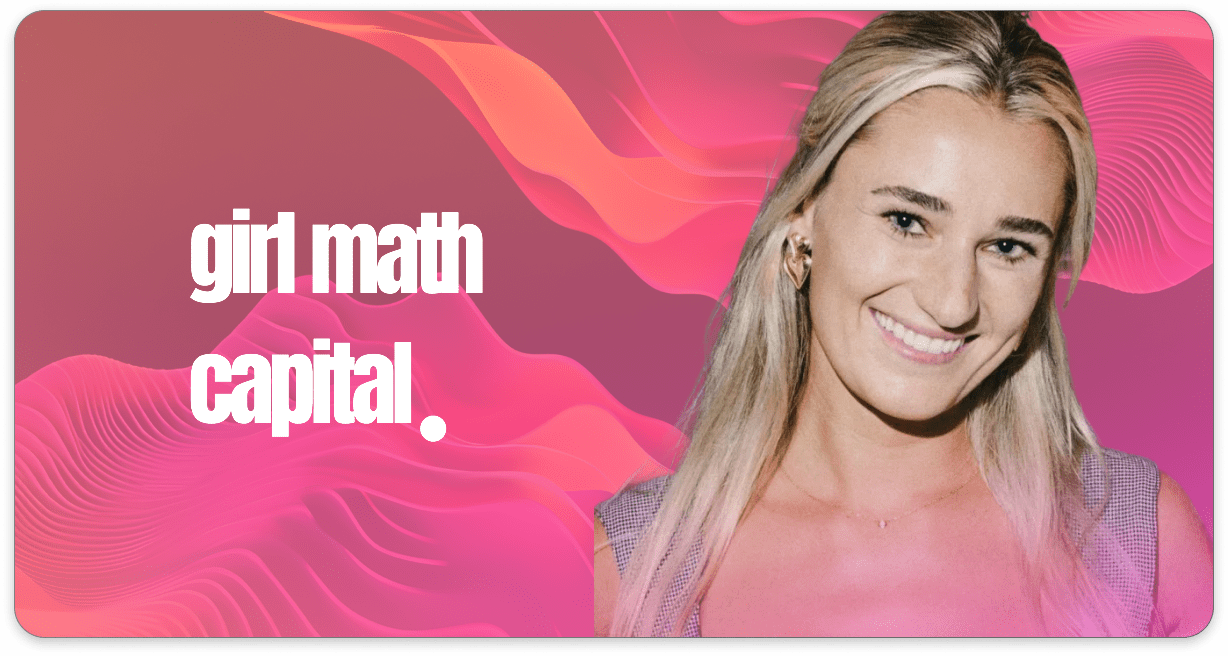
Company Overview
Luisa Herrmann is Founder & CEO at AINovva, a company building AIFred, your AI work assistant for context-switchers. After 15 years in AI, founder Luisa Herrmann built AIFred to solve her own context-switching exhaustion – then colleagues wanted it too. AIFred handles email prioritization, meeting prep, and relationship management so busy professionals can focus on what matters. Learn more at https://www.ainovva.com/.
Can you tell us a little about your background before starting at your company?
Okay, so my background is—I went to school for chemical engineering and became really interested in process optimization. From there, I started working in industrial manufacturing, then moved into marketing, and eventually into software—specifically product marketing and product management.
After that, I began working with startups as the first product hire, which I did for about 12 years. Over time, I realized there was a huge opportunity to improve processes, especially in industries like industrial manufacturing, banking, and insurance. These sectors are full of inefficiencies but also rich in data and potential. However, they’re often constrained by the way things have traditionally been done.
Working with startups that aimed to disrupt those industries showed me just how much room there still is for improvement. That’s what I was doing before I started any of my own companies.
How did you start at your company? What were the first steps you took to get it off the ground and how did you identify the need for your product/service in the market?
I feel like the story kind of answers all of those parts in a roundabout way. What happened was that I realized one of the most inefficient things is how we generate context for ourselves as people. I’ve always been interested in behavioral psychology and neurobehavioral physiology—understanding how the brain processes information and how we’re not really set up to deal with the world as it’s structured today.
At first, I thought part of that was just neurodivergence on my part—I couldn’t keep track of everything. There was always too much going on at work as a product person: too many tools, too many channels of communication. Someone would say, “I sent you a Slack message, didn’t you see it?” and I’d have to think, “I have 30 Slack channels!”—and that wasn’t an exaggeration. Thirty channels, plus direct messages, plus email, calendar, Asana, Jira, and more. It was overwhelming, and I realized that was unsustainable.
So, for myself, I taught myself how to code and built something that could help me keep track of everything—tasks, emails, meetings—without losing my data. I’ve also become a huge advocate for data privacy and understanding what happens when you give your data access to someone else. I didn’t want to just build an API call to ChatGPT that would use my data for someone else’s benefit and take away my ownership of it. Especially since all the information I needed to manage—emails, calendar events, work documents—wasn’t meant for public consumption.
I built the tool while still working a full-time job, and people who saw it thought it was really cool. I’d tell them about features like getting notified of follow-ups, seeing summaries before meetings (“Here’s what this meeting is about; here’s what you need to prepare”), and having it draft emails in my voice when I struggled to write them. That’s when I realized there might actually be a product there.
More importantly, I realized that the problem of scattered data—forcing people to spend so much mental energy gathering bits and pieces just to form a coherent context—is exactly the kind of problem AI is good at solving. We should be using AI for that: pattern recognition, data gathering, categorization, named entity recognition—the classic strengths of AI. People should be creating the “human” stuff, while AI handles the structure and synthesis.
So that’s where the idea came from and how the development evolved.
What innovations or unique features set your company apart from others in the industry?
Definitely, in terms of functionality, the key differentiator is its strong focus on privacy. The other major distinction is the use of proprietary, purpose-built algorithms. It’s not just making calls to someone else’s AI—it’s a fully defined pipeline of models and decision layers that I personally wrote to make it work in a way that’s genuinely helpful, non-assumptive, and predictable.
A lot of people, when ChatGPT launched GPT-5, said things like, “Our models broke,” or “Our prompt engineering doesn’t work anymore.” That’s never going to happen to me, because everything in my system is designed and controlled in-house, independent of those external shifts.
What has been the most effective strategy for scaling your business?
I’m still at the phase where I have the technology—because I developed it myself—even though, when advising others, I’d usually say, “Get as far as you can without building anything until you have a customer who’s willing to pay and you know exactly what you’re building.”
The best thing I’ve done so far is start talking openly about the problem and how I see it, which is why I thought this was such a great opportunity. Whenever I describe it, people immediately understand—it resonates instinctively—and that’s helped it spread by word of mouth.
Having that background and understanding of how the brain is actually designed to work is a big part of it too. Our brains evolved to function in small groups—maybe 20 people across 40 square miles—not to constantly process information about events happening halfway across the world to people we’ll never meet. That’s a fundamentally different way of existing, and I try to bring that awareness into the technology itself.
Looking ahead, what are your goals for the future of your company?
My broader vision is for this to expand beyond just helping individuals—to helping teams, and eventually entire organizations. The problem of scattered information not being brought together into a cohesive context has so many applications.
One major area I hope to tackle is hiring. Candidates struggle to get through AI systems that don’t really understand them, while on the other side, when I’ve posted jobs without using AI, the sheer volume of applications makes it nearly impossible to review them all. There has to be a better way to match people with opportunities based on their skills and interests, and to connect employers with the right talent—without making the process exhausting for everyone involved.
There’s also the issue of teams trying to stay aligned on the same projects. Someone gets left off an email, a task lives in Asana but not in Jira, a meeting changes but only half the team knows—it’s constant fragmentation. That kind of inefficiency is so obvious and so solvable.
So the larger vision is to address this problem of data efficiency—to make gathering and creating context from scattered data points seamless, structured, and human-centered.





